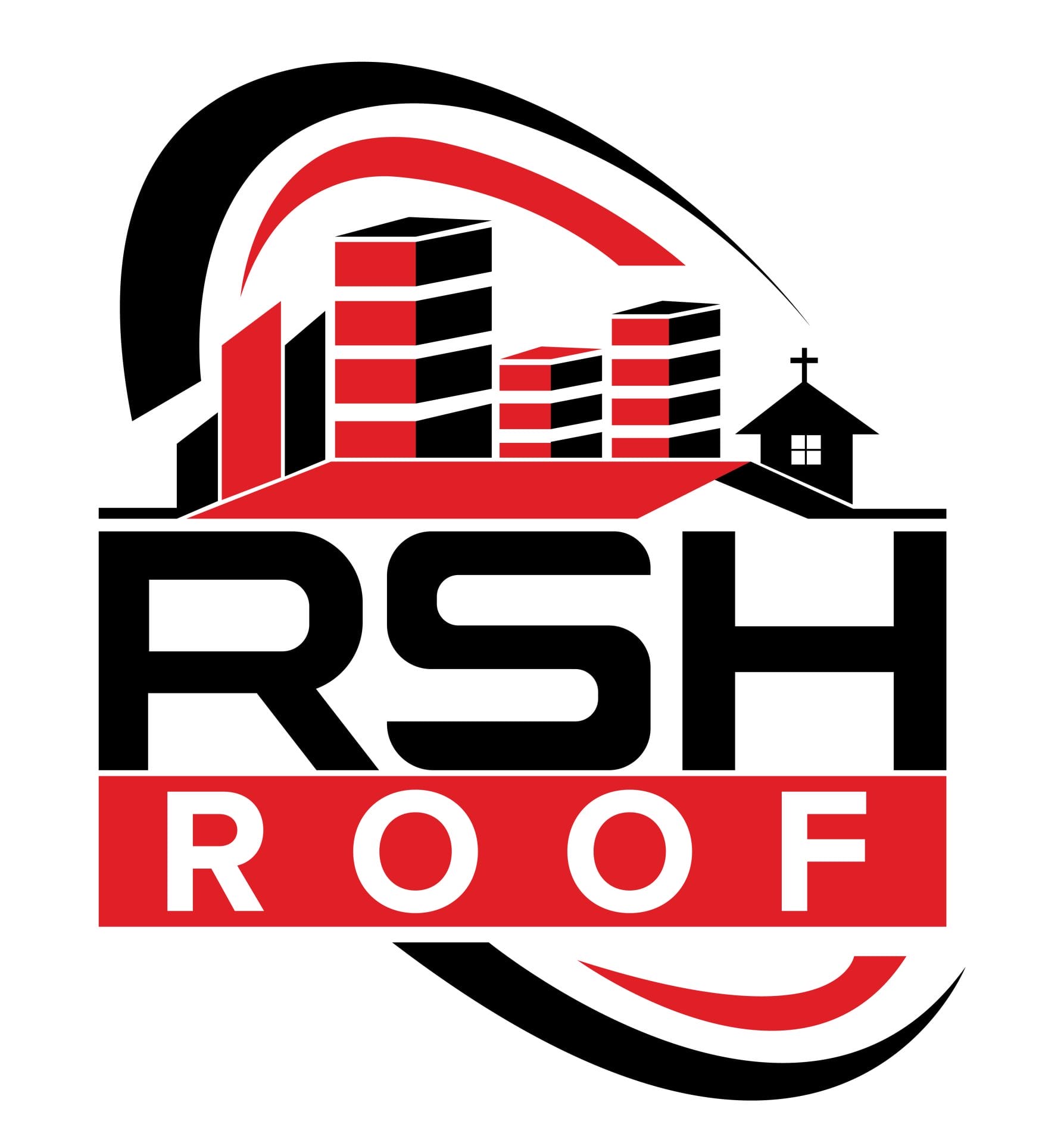RSH Commercial Roofing is a Professional Engineering & Construction Company with 25+ years of experience that specializes in Commercial & Residential Roof Inspections, Repair/Replacement services as well as commercial roofing insurance claims.

Hail Damage Repair: What to Do After a Storm Hits
Hailstorms can leave a trail of destruction, especially regarding your property. Your roof often takes the hardest hit among the most vulnerable areas, resulting in costly repairs if not addressed quickly.
Well! It’s good to know, “What can you do immediately after a hailstorm to save you time, money, and stress?” This submission will walk you through the needed steps to handle hail damage repair and maintain the health of your roof.
Steps You Should Take Care!
Step 1: Inspect thoroughly your property for hail damage
After the storm subsides, the first thing to do is inspect your property for visible signs of damage. Pay special attention to the following areas:
- Roof Damage: Look for dented shingles, broken tiles, or dislodged roofing materials.
- Siding and Gutters: Check for cracks or dents.
- Windows and Doors: Look for shattered glass or chipped frames.
- Outdoor Structures: Inspect sheds, patios, and fences for visible wear and tear.
Tip: While you can perform a basic inspection yourself, climbing onto your roof can be dangerous. If unsure, hire a professional to evaluate your roof hail damage repair needs.
Step 2: Document the Damage—Report Presentation
Once you’ve identified signs of hail damage, document everything thoroughly.
- Take clear photos of the affected areas, including close-ups of the roof, siding, and any outdoor structures.
- Make detailed notes about the type and extent of the damage.
- Gather evidence of the hailstorm, such as photos of hailstones or weather reports.
Proper documentation is crucial for filing hail damage insurance claims and ensuring you get the compensation you deserve.
Step 3: Contact Your Insurance Company
If the hail damage is significant, reach out to your insurance provider immediately. Follow these steps for a smooth claims process.
- Report the Damage: Share your photos, notes, and supporting evidence.
- Schedule an Inspection: Most insurance companies will send an adjuster to evaluate the damage.
- Understand Your Coverage: Ask questions about what your policy covers, especially regarding hail damage repair cost and roof repair services.
Pro Tip: Familiarize yourself with your insurance policy to avoid surprises during the claims process.
Step 4: Hire a Professional Roofing Contractor
Finding the right contractor is vital to ensure quality repairs. Look for a roofing contractor experienced in roof hail damage repair and follow these tips:
- Check Credentials: Ensure the contractor is licensed and insured.
- Request References: Speak with previous clients about their experiences.
- Get Multiple Quotes: Compare hail damage repair cost from different contractors to make an informed decision.
- Ask About Guarantee: A reputable contractor should offer warranties for their work.
Professionals can also help you identify hidden damage that may not be immediately visible, preventing costly problems down the road.
Step 5: Conduct Repairs and Maintenance
Once you’ve chosen a contractor, schedule the necessary repairs promptly to prevent further damage. Common repairs after hailstorms include:
- Cleaning gutters to prevent water buildup.
- Inspect your roof for minor wear and tear.
- Ensuring proper ventilation to protect the roof structure.
Preventive Measures for Future Storms
While you can’t stop hailstorms, you can minimize the damage they cause by taking prevention measures:
- Upgrade Roofing Materials: Consider impact-resistant shingles or tiles better equipped to withstand hail.
- Trim Overhanging Branches: This prevents branches from falling onto your roof during a storm.
- Install Roof Coating: These can provide extra protection against severe weather.
- Schedule Regular Inspections: Routine check-ups can catch potential problems early.
Cost Considerations for Hail Damage Repair
Understanding hail damage repair costs is important for budgeting. On average, hail damage repair costs vary based on the severity of the damage, the materials needed, and labor rates in your area. Typical expenses include:
- Roof Repairs: $300 to $1,000 for minor repairs. $5000+ for major repairs.
- Gutter Repairs: $100 to $500, depending on the extent of damage.
- Insurance Deductibles: You may need to pay a deductible before your insurance covers the rest.
Why Regular Roof Maintenance Matters
Roof maintenance is the key to extent commercial roof life and reducing repair costs in the long term.
Why?
- Prevents small issues from turning into major problems.
- Increases your roof’s lifespan, especially in areas prone to hailstorms.
- Helps maintain your home’s energy efficiency.
If you’re unsure where to start, consult roof repair services to create a regular roof maintenance schedule tailored to your property.
Final Thoughts
Hail damage can be overwhelming, but taking the right steps can make the repair process more manageable. From inspecting your property to working with roof contractors and filing insurance claims, each step is critical to restoring your home.
By staying proactive and investing in regular roof maintenance, you can minimize future hail damage repair costs and protect your property for years.
If you need professional guidance, reach out to trusted roofing solutions today and find contractors like RSH Commercial Roofing Experts, who specialize in roof hail damage repair. Remember, acting quickly after a storm can save you from bigger headaches.

